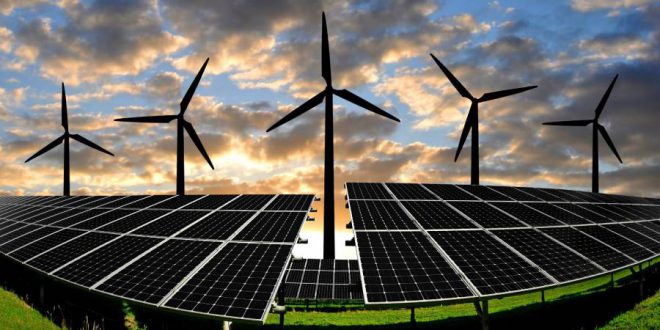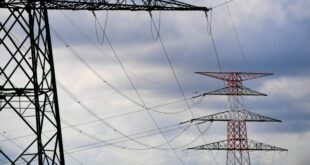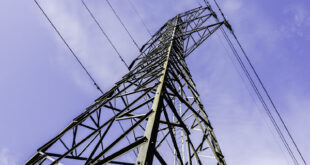That the global energy system is not sustainable is clearly demonstrated by increasingly scarce resources. frequently unstable energy supplies. and climate change. Ambitious plans have been drawn up to change that — primarily with the help of digital technologies and distributed energy generation systems. The goal of these plans is to dispense with fossil fuels. The Global Footprint Network is a renowned think tank that addresses the challenges facing a resource-scarce world. It recently pointed out that mankind is already consuming 50 percent more resources than the earth can supply. At the same time. the high level of CO2 emissions is causing the global temperature to slowly. but steadily rise.
Time for Sustainability
The finely-balanced ecosystem we depend on for food and many of our raw materials – including fresh water – will collapse if we don’t do something soon. However. the challenges associated with the growing threats to our environment can be met only if major economies and their energy systems are increasingly focused on sustainability. On the one hand. this will require a growing emphasis on the reutilization of raw materials as well as recycling and a circular economy. On the other. renewable sources of energy will have to cover a much larger share of our energy needs. while energy demand is ratcheted downwards as a result of steadily increasing efficiency.
Utopian dreaming? Not at all. The outlines of a sustainable energy system of this kind are already becoming apparent in Germany. With its “energy transition.“ Germany has become the first country in the world to set itself ambitious goals for a sustainable energy supply. Put simply. the German government wants to achieve the following targets: A complete phase out of nuclear energy by 2022. generation of 80 percent of the country’s electricity from renewable sources by 2050. and an 80 percent reduction in greenhouse gas emissions between 1990 and 2050.
Model Energy Plan?
Germany’s energy transition is being closely monitored by other countries. Many have realized that they need to take measures against climate change and increasing resource scarcity. What’s more. they have also realized that this challenge can be overcome only by ensuring a steady supply of electricity from renewable sources of energy.
However. major technological advances and innovations will be needed in the energy sector in order to make this possible. Moreover. such improvements will have to be made in many areas. including energy efficiency and the production. transmission. and storage of electricity. These measures will have to be implemented in a total of eleven areas (see feature below). Not until this is accomplished can a sustainable energy system be created. The good news is that we don’t have to invent completely new technologies. because many of the required solutions are already available or are now being developed.
Farewell to Fossil Fuels
Governments are giving this transition a boost. In order to usher in a new age of electricity. the heads of the G7 countries declared at their 2015 summit in Elmau. Germany. that they would completely decarbonize their economies by dispensing with fossil fuels by 2100 and using electricity as a universal source of energy. At the United Nations Climate Change Conference in Paris in December 2015. countries adopted a new climate-protection agreement to supplement the Kyoto Protocol. It is an important step in the right direction. However. as the charts and other facts clearly show. great efforts will still be needed only to achieve a turnaround in emissions by 2020 so that climate change won’t exceed the two-degree Celsius target. These steps harbor challenges but also opportunities for mankind. nature. and the economy. It’s time to take action!
 Iran Energy News Oil, Gas, Petrochemical and Energy Field Specialized Channel
Iran Energy News Oil, Gas, Petrochemical and Energy Field Specialized Channel




